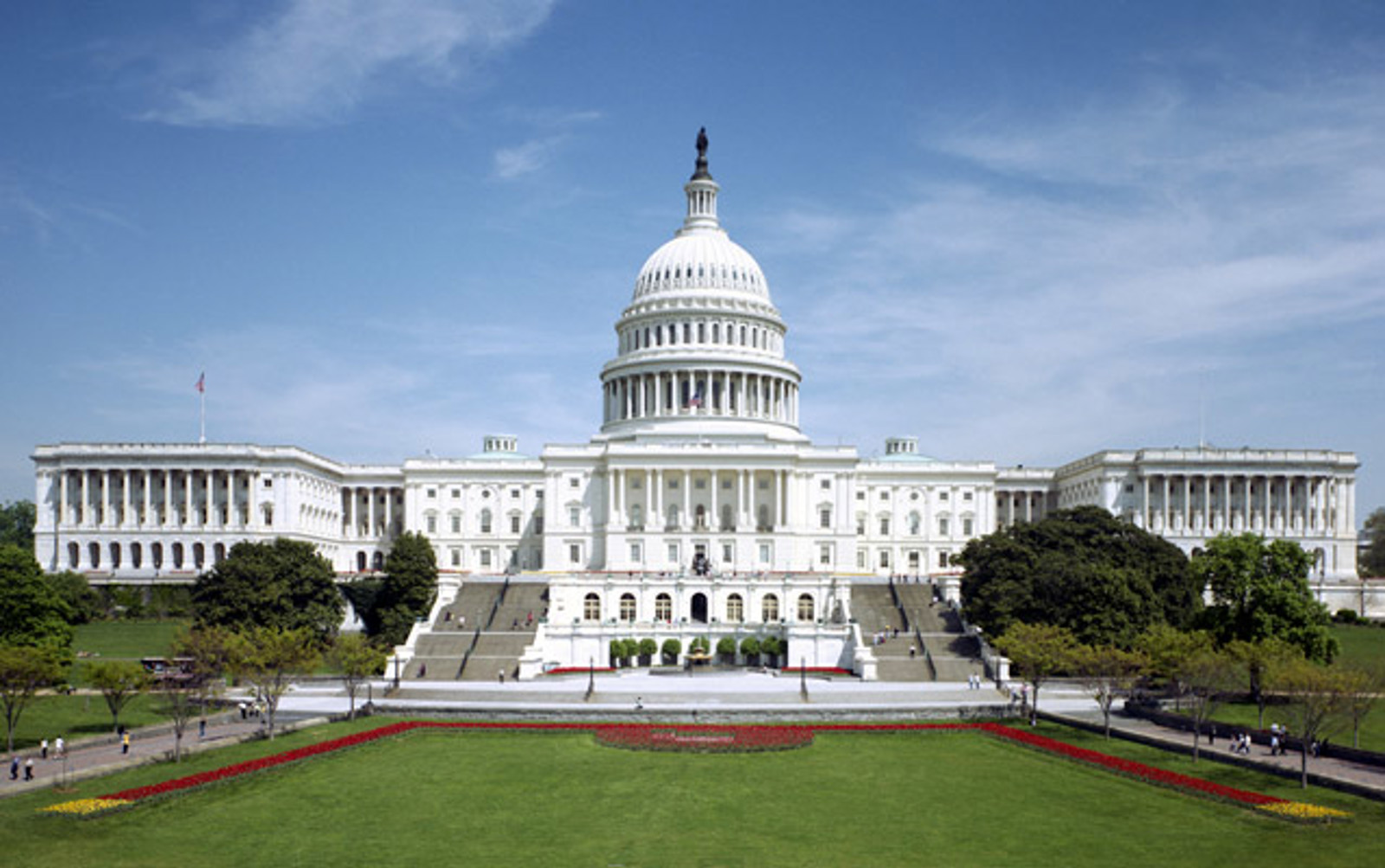Congressional Report Recommends Steps to Safeguard Institutional Research
A new report borne from a multi-committee congressional investigation outlines recommendations to help safeguard U.S.-based institutional research from being used against American interests by its adversaries.
The investigation, conducted by the House Select Committee on China and the Committee on Education and the Workforce, analyzed university partnerships between U.S. and Chinese institutions and determined that the “Chinese Communist Party (CCP) exploits federally funded research and partnerships between U.S. universities and People’s Republic of China (PRC) defense-linked universities to achieve technological breakthroughs, both in technologies with military applications and in critical and emerging technologies where the PRC lags behind the U.S. and its allies.”
The committees reviewed Department of Defense and intelligence community funded research and six case studies the investigators found that provide our adversaries “back-door access” to technologies that can be turned around and used against the U.S. The report also assessed the lack of compliance with Section 117 Foreign Gift Reporting by institutions.
Based on the investigation, the committees recommend the following to further enhance research security:
- · Strengthening the guardrails around research collaboration on dual-use, critical, and emerging technologies with foreign entities of concern.
- · Implementing post-award restrictions on collaborations with blacklisted entities from a foreign country of concern.
- · Adopting the DETERRENT Act to require enhanced transparency from universities and researchers of foreign gifts and contracts.
- · Strengthening oversight and enforcement of postsecondary institutions’ failure to disclose foreign gifts and contracts.
The report is titled: CCP on the Quad: How American Taxpayers and Universities Fund the CCP's Advanced Military and Technological Research.
For more information, please contact:
Stephanie Giesecke

